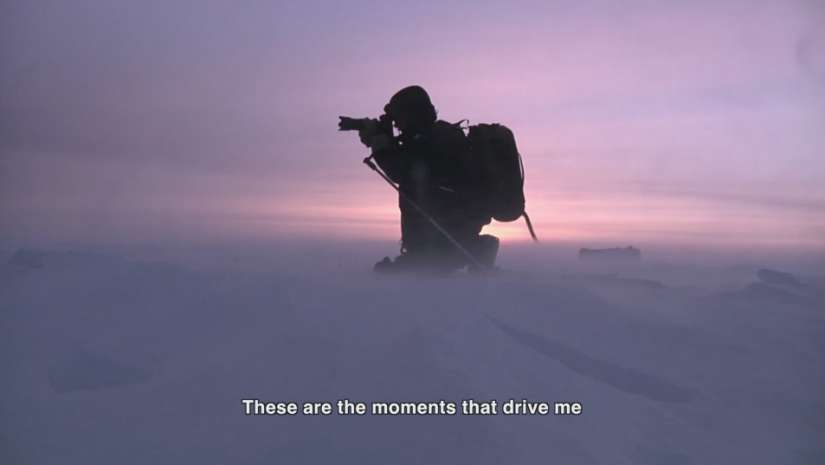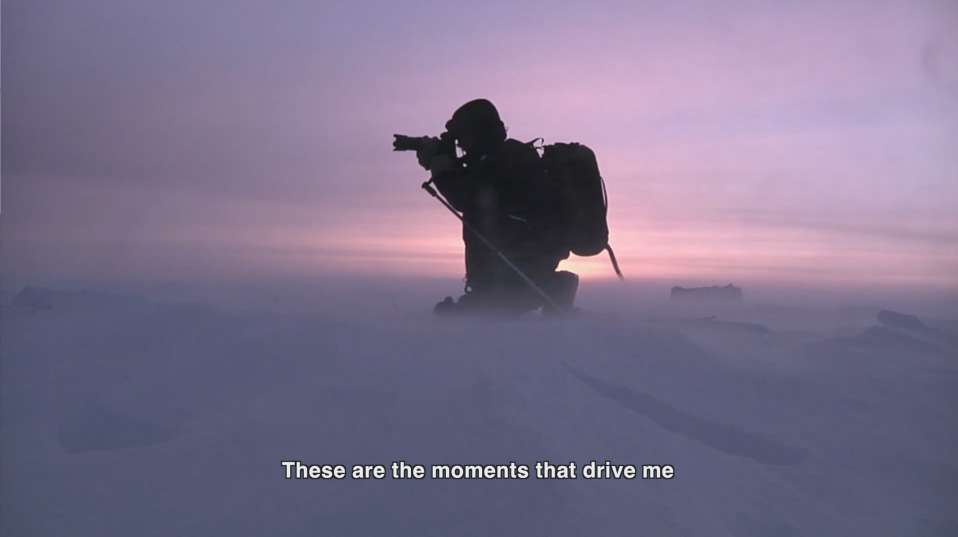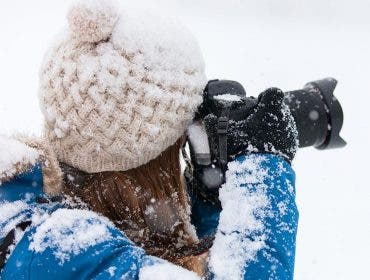Many DSLRs have trouble operating for an hour under 0 degrees fahrenheit. Many humans have trouble operating for an hour under -20 degrees fahrenheit. In northeast Greenland, Danish photographer and former special forces operative Morten Hilmer has captured landscapes and wildlife in the country’s most frozen tundras, where temperatures can drop below -50 degrees fahrenheit. It goes without saying that such photographic excursions require a few extra precautions.
A brief new documentary, “Silence of the North,” follows Hilmer as he treks through the arctic in search of reindeer, polar bears, arctic wolves and other rarely seen creatures in their natural, desolate environment. His work pushes the limits of where photography is possible, and the limits we’ll go through in order to capture it.
Silence of the North from Morten Hilmer on Vimeo.
Hilmer’s Arctic Roots
Hilmer spent two years in the Danish Special Forces as part of the Sirius Sledge Patrol, which led him to trek 100 kilometers across Greenland on dogsled, where he faced temperatures below -50 degrees celsius (-58 F).
The 14-person Sirius Sledge Patrol, one of the most elite navy units in Denmark, patrols Greenland’s harsh arctic wilderness often for as long as four months at a time. Patrollers, paired in groups of two, often go the entire stint without seeing another human aside from their partner. It goes without saying that the physical and psychological bar for acceptance and success in the patrol is pretty high.
https://www.instagram.com/p/9iujN4o5nk/
One would think that such a position would deter Hilmer from ever returning to anywhere remotely chilly, but in fact, he’s embarked on several trips back to Greenland, home of the world’s largest national park, to capture its raw, untouched beauty.
In his recently released mini-documentary, “Silence of the North,” Hilmer explores why he’s drawn to such harsh conditions to capture photography.
“When I returned from the Sirius Patrol, I thought that I had been frozen enough, but the very nature of the Arctic inspires me and so I must return,” Hilmer says in the film.
https://www.instagram.com/p/9f-A1Ao5uH/
Hilmer also offers a glimpse into his passion for the Arctic’s beauty, and why it provides such a unique view of nature to him.
“I find a stillness in nature when it is at its most authentic, and for me authentic is when it shows itself from its less comfortable side,” he says. “I search for the true essence of nature and so I’m out there when the weather is really rough, and then I capture the real silence of the north.”
The video, which Hilmer said online is a precursor to a longer project, follows him as he dogsleds through Greenland in search of reindeer, tracks a polar bear and communes with Greenland’s remote hunting and fishing villagers.
Photography in extreme temperatures
“Silence of the North” isn’t a how-to for capturing photography in frozen wastelands, but it does raise an interesting question about the technical challenges photographers like Hilmer face when when shooting in extreme conditions.
Ignoring the incredible toll shooting in the arctic takes on your body, sub-zero temperatures also affect how your camera operates. Luckily, other parts of your camera will be affected long before your camera’s sensor feels the wrath of the cold, so as long as your camera’s working, the shots it produces shouldn’t suffer. Your camera batteries, however, will clearly be affected by extreme cold, as such temperatures slow the chemical reactions taking place in them. If you find yourself shooting in such inclement weather, just be sure to bring a couple spare batteries (more if you’ll be shooting flash), and keep the batteries as bundled up as possible when they’re not in use.
As far as the rest of the camera goes, the main thing to be considerate of is avoiding rapidly changing the temperature of your camera. Heat and cold cause plastics and metals in your camera to swell and contract with rising and falling temperatures. This won’t pose problems so long as it happens gradually, but changing temperatures too fast too quickly can indeed cause permanent damage. If you’re leaving a toasty log cabin to go photograph a cold, frozen lake, for example, find a way to ease your camera from the warm temperature to the cold gradually, as well as when you return to a warm cabin.
Read more about caring for your camera equipment in cold weather on ALC here.





